We had one major objective for our trip to Bologna: Eat ragu. Everything else would be a bonus.
Having grown up on Spaghetti Bolognese, this was – for me – effectively a pasta pilgrimage. I’d done my research though and I was under no illusions that there might be any similarity between the Aussie spag bol of my childhood and authentic Bolognese tagliatelle ragu. There really wasn’t. The real stuff is deliciously simple. And simply delicious. (Not that yours isn’t, mum!)
A city of many faces
With 24 hours to explore Bologna, we figured we’d do our best to pay homage to the town’s nickname, La Grossa (the Fat), while also searching out the origins and sites that have given the city its other monikers: La Dotta (the learned one – Bologna is home to the world’s oldest university) and La Rossa (the red one – suggestive of its terracotta roofs and left-leaning politics in the decades after WWII).
What we found was a city of contrasts: staying on the outskirts of town, our twenty-minute bus ride took us through some downtrodden suburbs that hinted at the city’s gritty edge, challenging its ranking as one of the wealthiest cities in Italy. Much of Bologna was damaged or destroyed during the second world war. Today, the city’s porticoed arcades – which stretch some 45 kilometres around the historic centre and surrounds – lend it an incongruous elegance, as do the treasures concealed within its timeworn palazzos and churches.
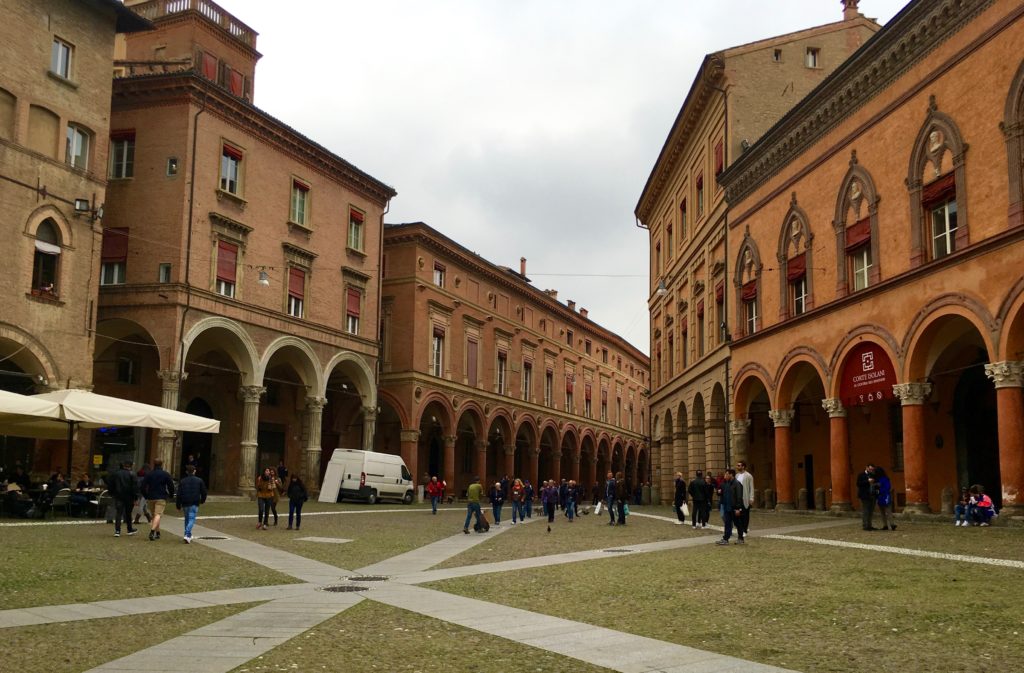
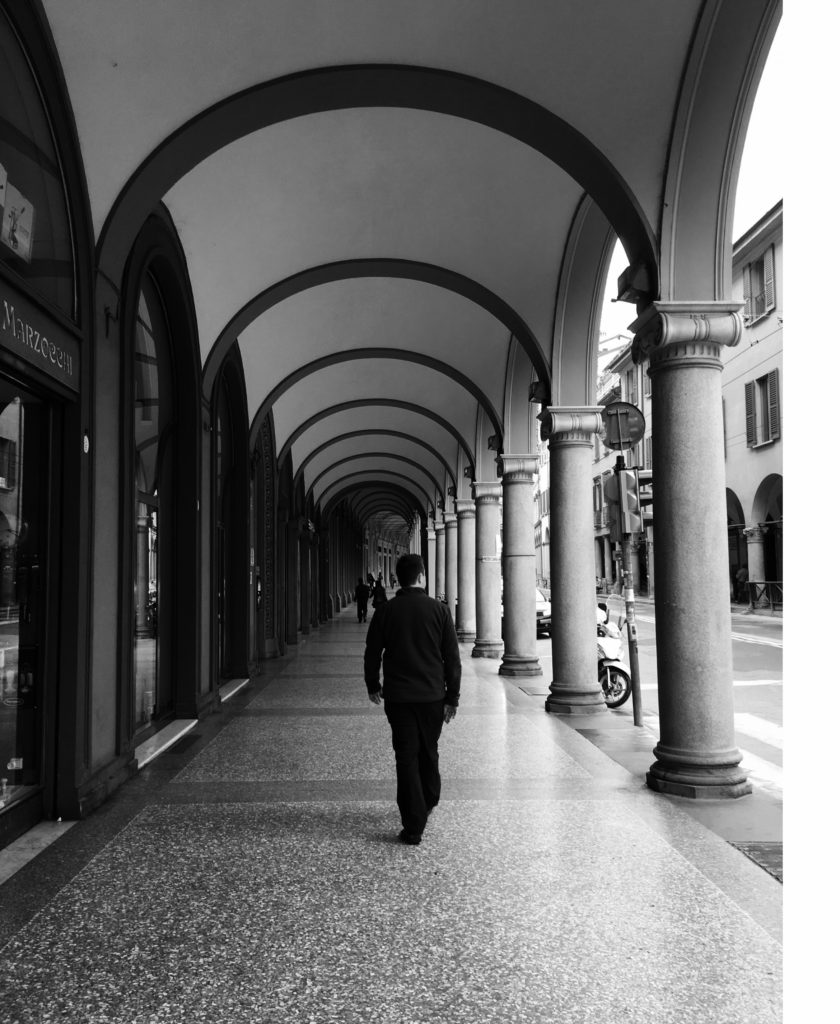
Stay dry as you wander Bologna’s porticoed pathways.
Bologna’s walking highlights
Bologna is an easy city to walk, the challenge is in choosing where to go and timing an itinerary around afternoon closures. After exiting the bus at the foot of the city’s very own leaning towers, Le Due Torri, we picked up a map from the Visitor Centre in Piazza Maggiore and took up a perch on the steps of the massive Basilica di San Petronio to plan our day (the Basilica steps also double as an excellent spot for people watching).
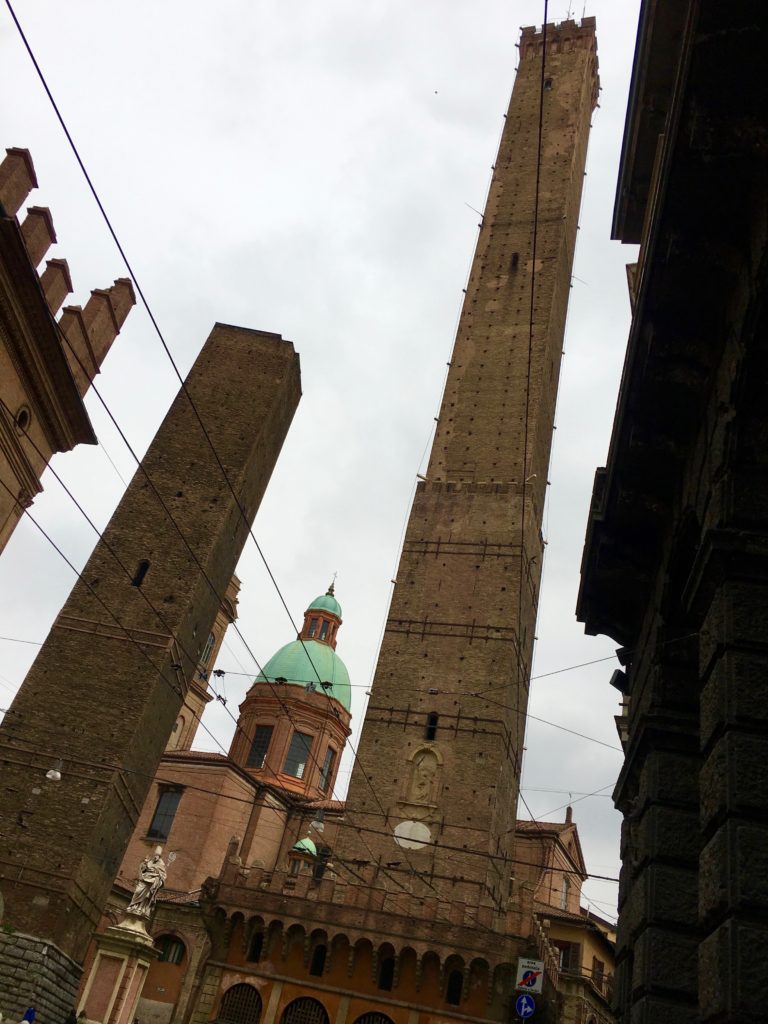
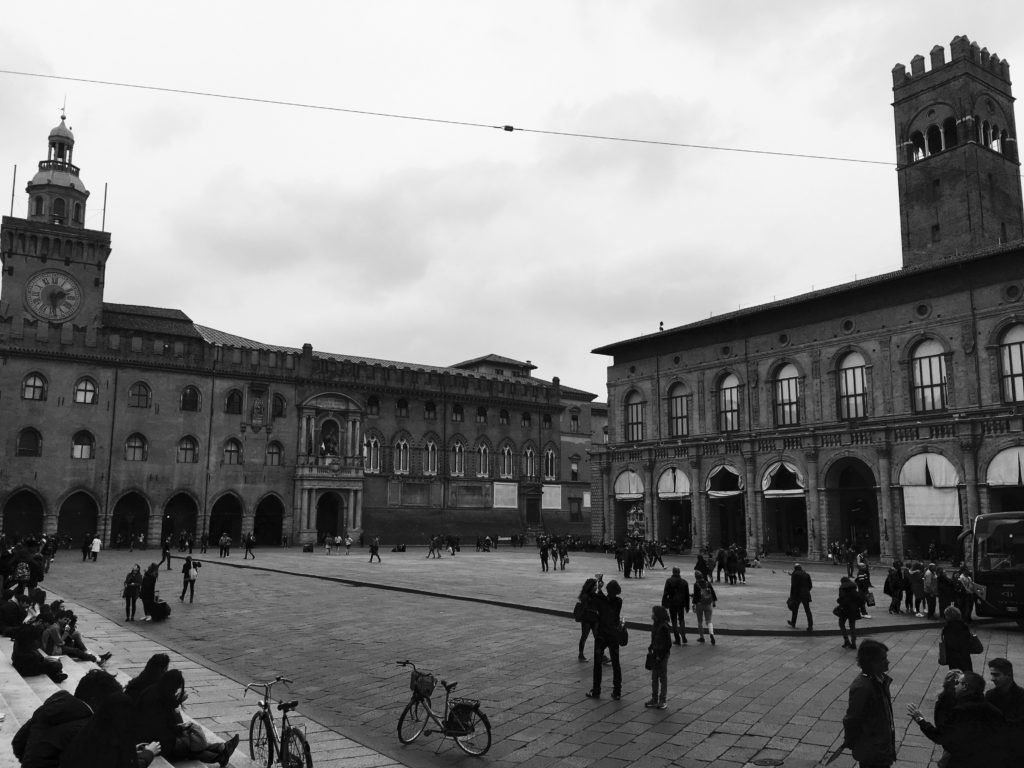
Two towers and a square: in the heart of historic Bologna.
Our first stop was the magnificent Teatro Anatomico in the Palazzo dell’Archiginnasio, a 17th century anatomy theatre for medical students. The benches, walls and ceiling of the teatro are exquisitely carved out of cedar wood, but what you see today is a painstaking reconstruction; the original theatre was destroyed in WWII. Around the corner in the same building is the Aula Magna di Stabat Mater, an awe-inspiring classroom that must be a a joy to learn in.
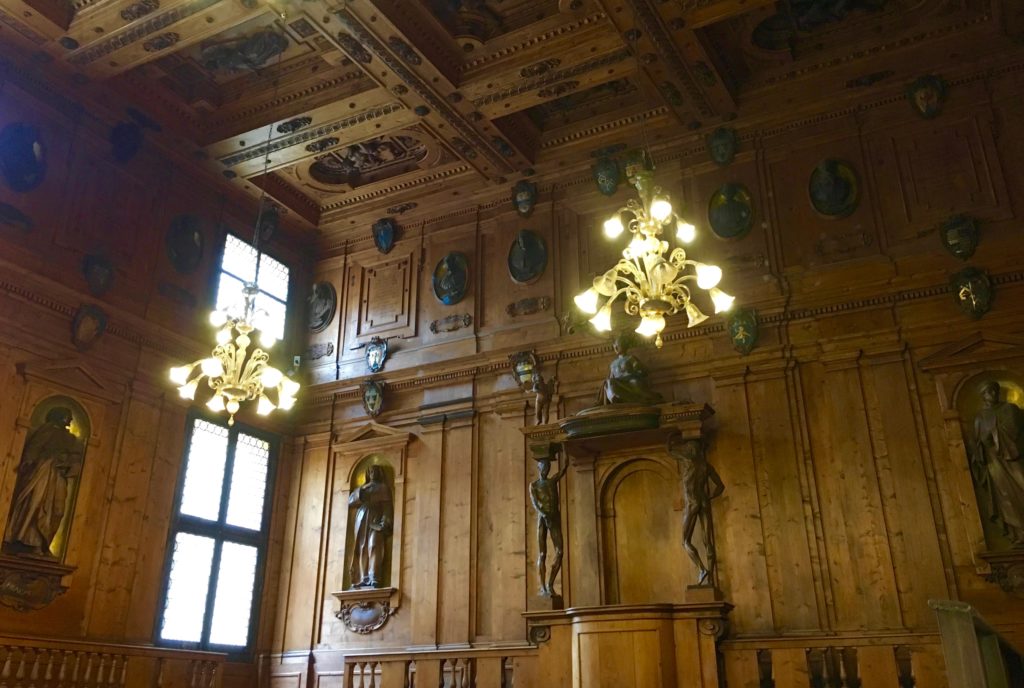
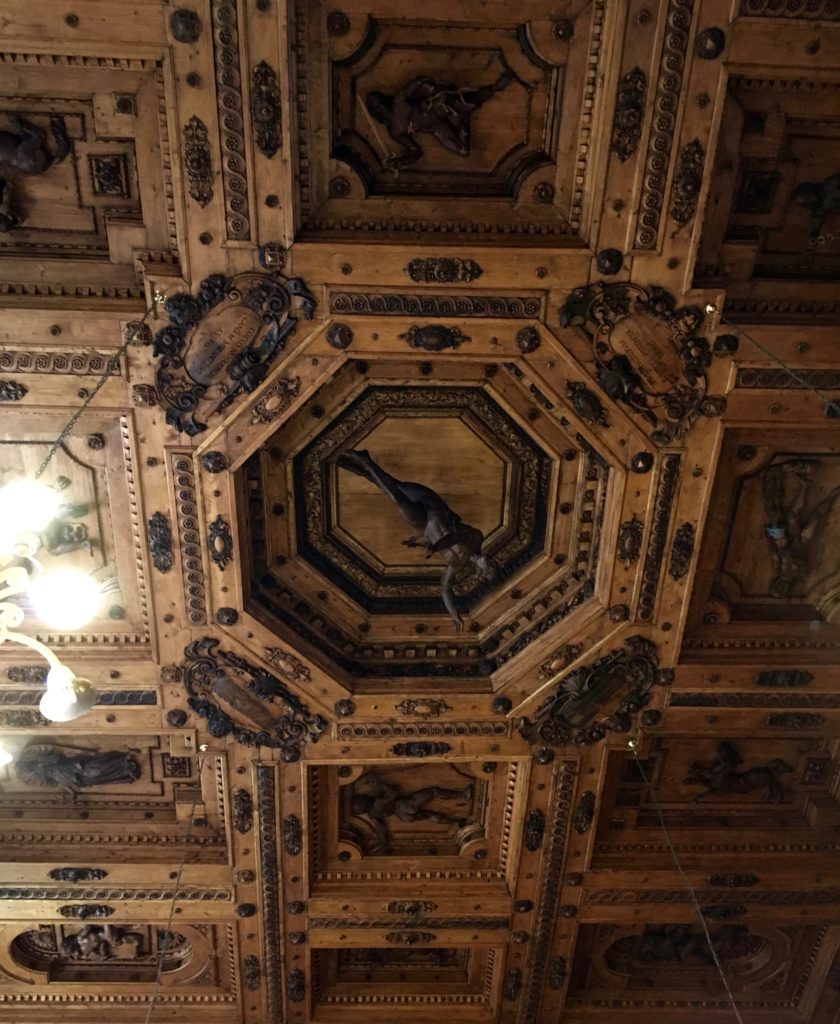
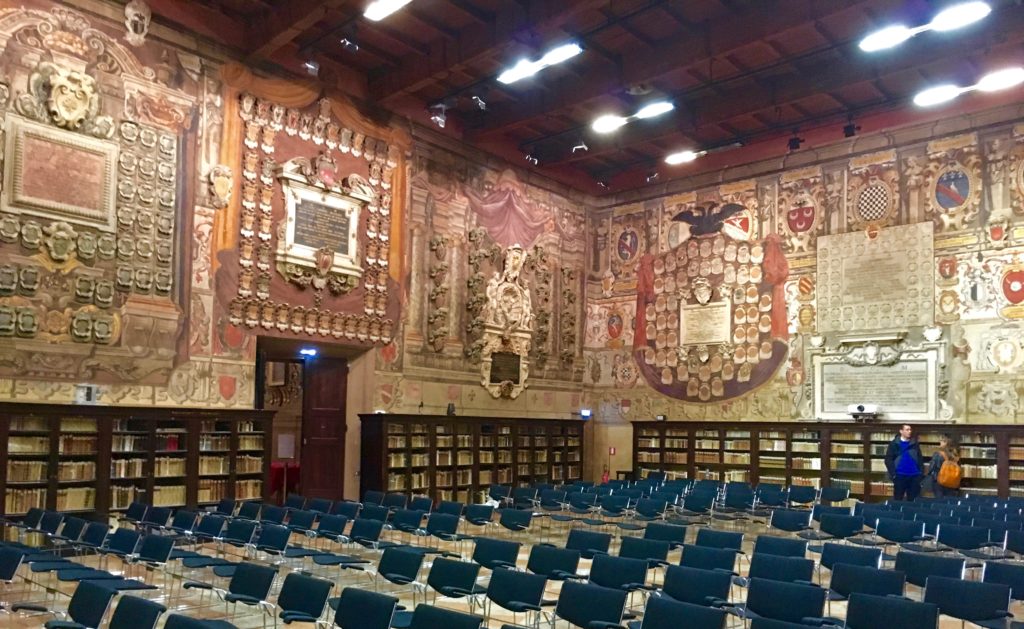
Classrooms of distinction in the Palazzo dell’Archiginnasio.
Meandering through porticoed arcades and grand piazzas of Galvani and Minghetti eventually brought us to the extraordinary Abbazia di Santo Stefano, known locally as ‘sette chiese’ for the seven churches that were once here, four of which remain today.
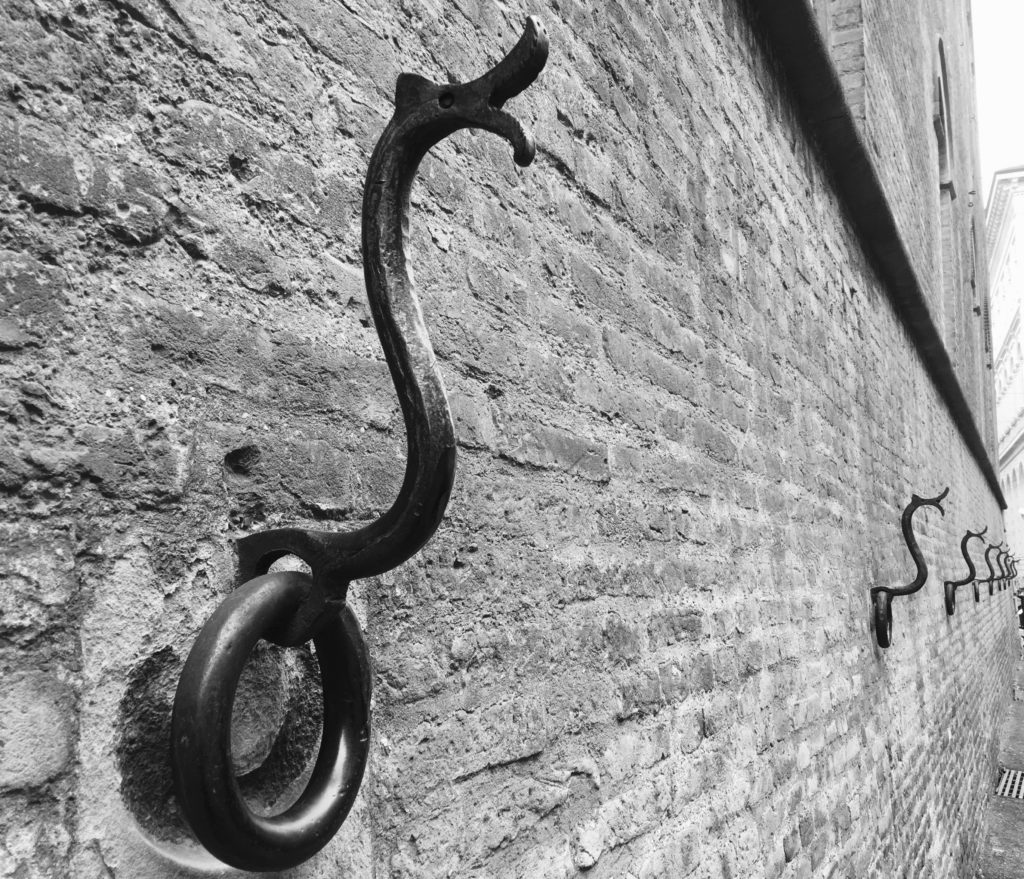
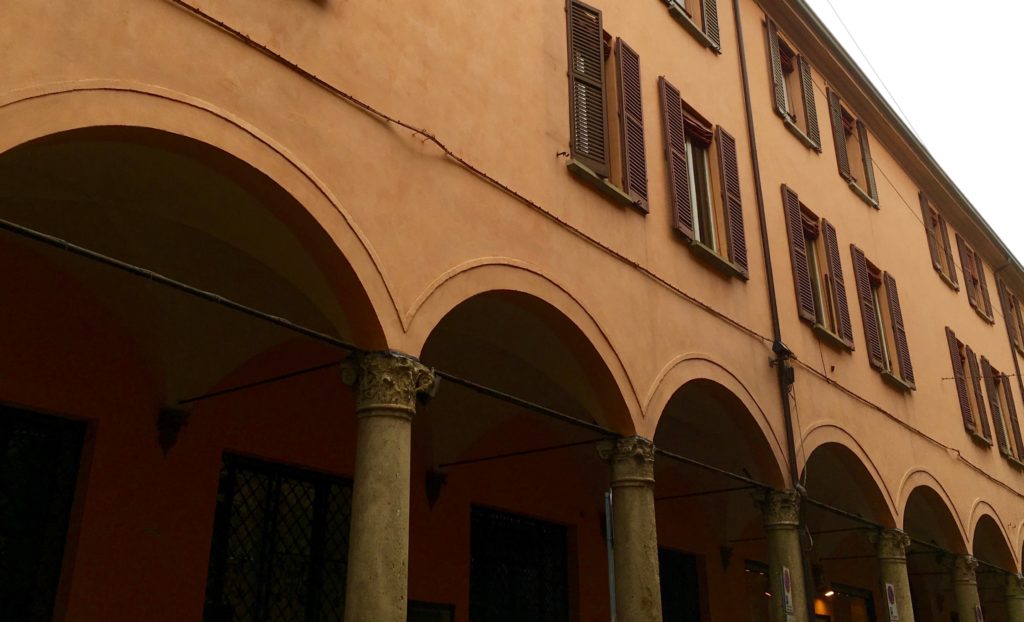
Bologna meanderings.
To visit the interlinked maze of churches at the Abbazia is to time-travel through Bologna’s ecclesiastical history. It’s a built record reaching back more than a thousand years and in places, incorporating elements of roman masonry from an even earlier period. By the time we left, I had a serious case of the history-happies, which usually manifests as an excitable and relentless chatter that I’m sure sends John a little internal.
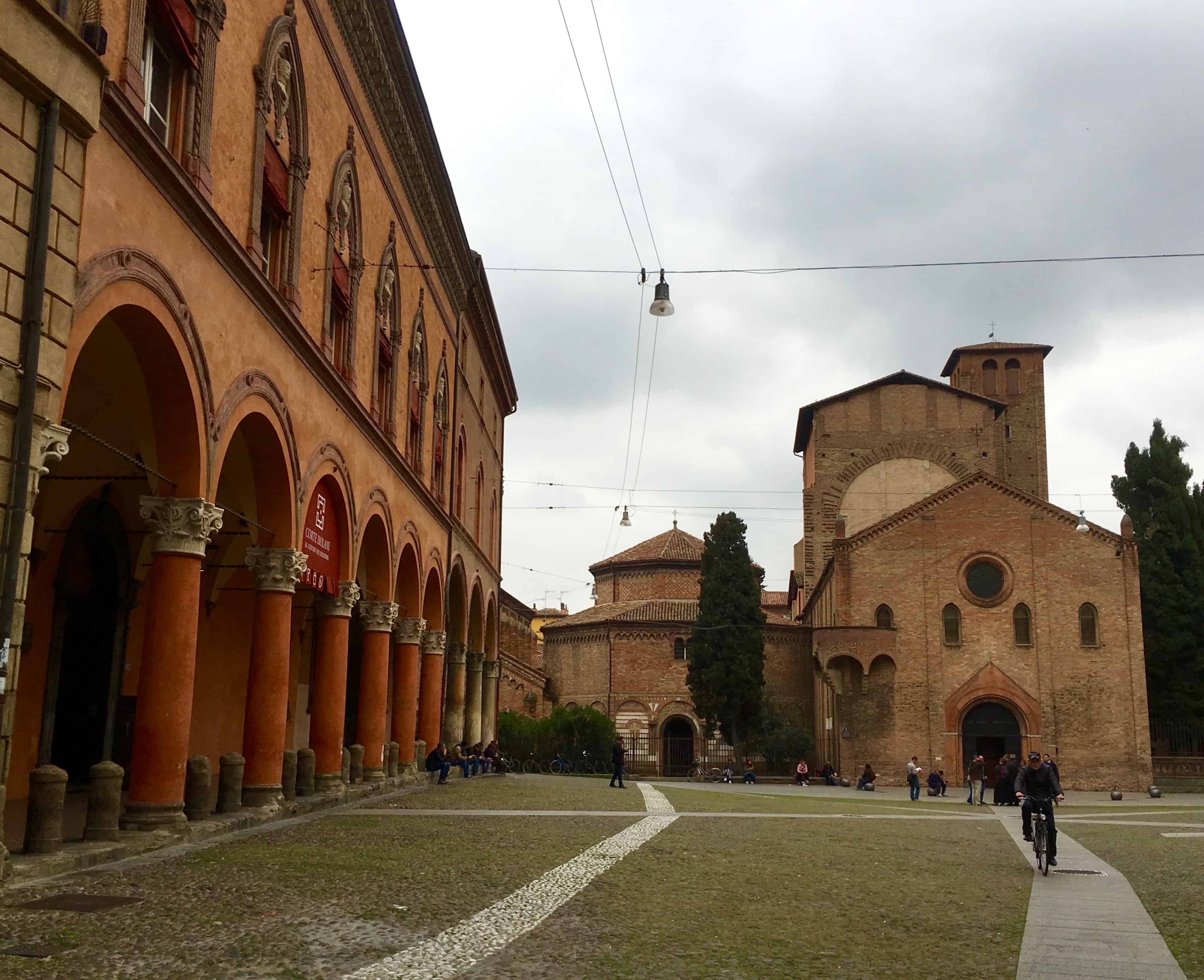
It was only right therefore that we stop and pay tribute to La Grassa once more, this time at the Mercato di Mezzo (itself an historic site and home to the most moreish local produce food court I’ve ever seen), so John could at least drink craft beer and nibble tasty things while I verbally deconstructed the entire history of the seven churches.
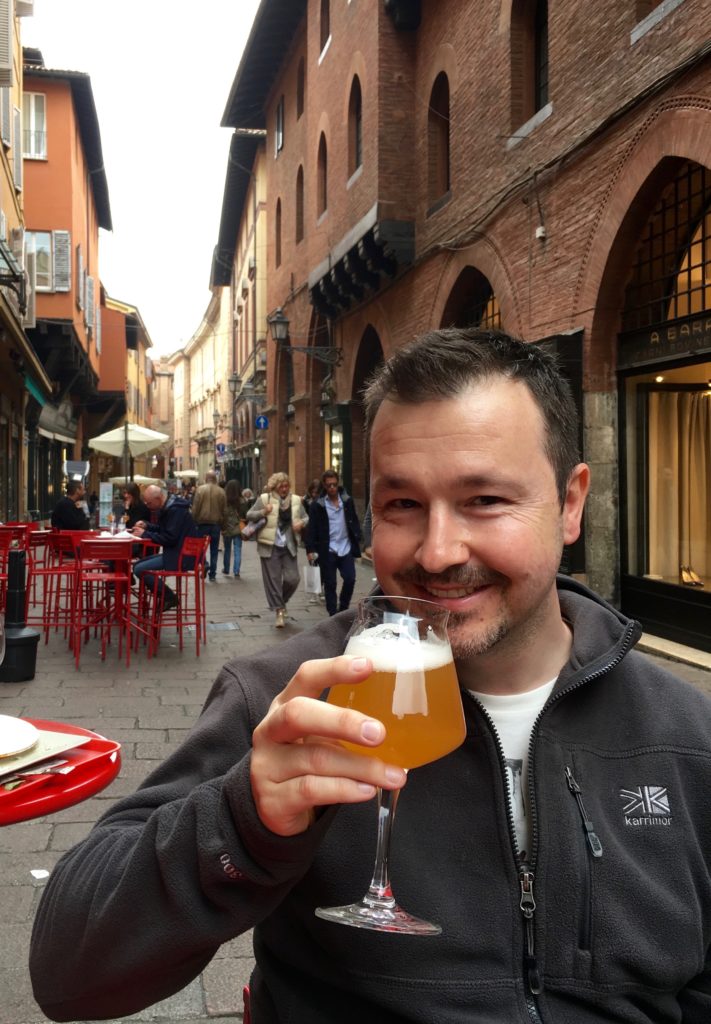
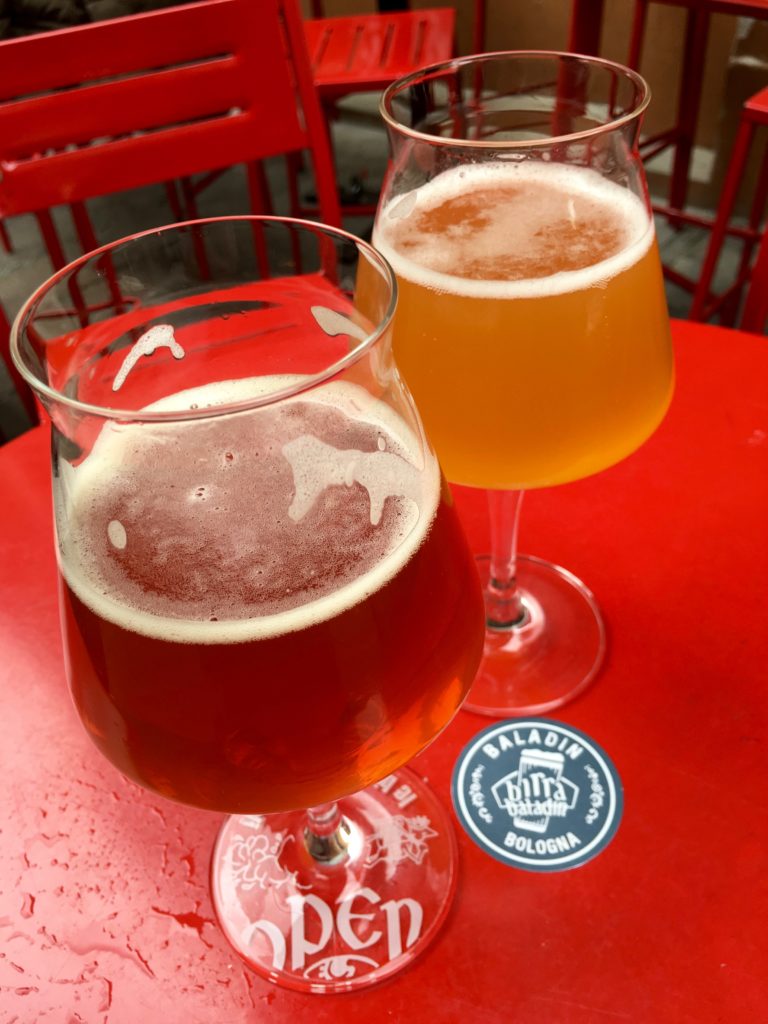
All this history is thirsty work.
From the mercato, we returned to the main square in time for the afternoon opening of the Basilica. San Petronio is the world’s fifth largest church, a huge, unfinished edifice started in the 14th century. It dominates Piazza Maggiore. Inside, we searched out the impressive sundial (the world’s biggest), which runs nearly 70 metres diagonally along the floor of the eastern aisle. Those of you born on 29 February, you can squarely blame this long, thin, golden line; it was responsible for the creation of the leap year.
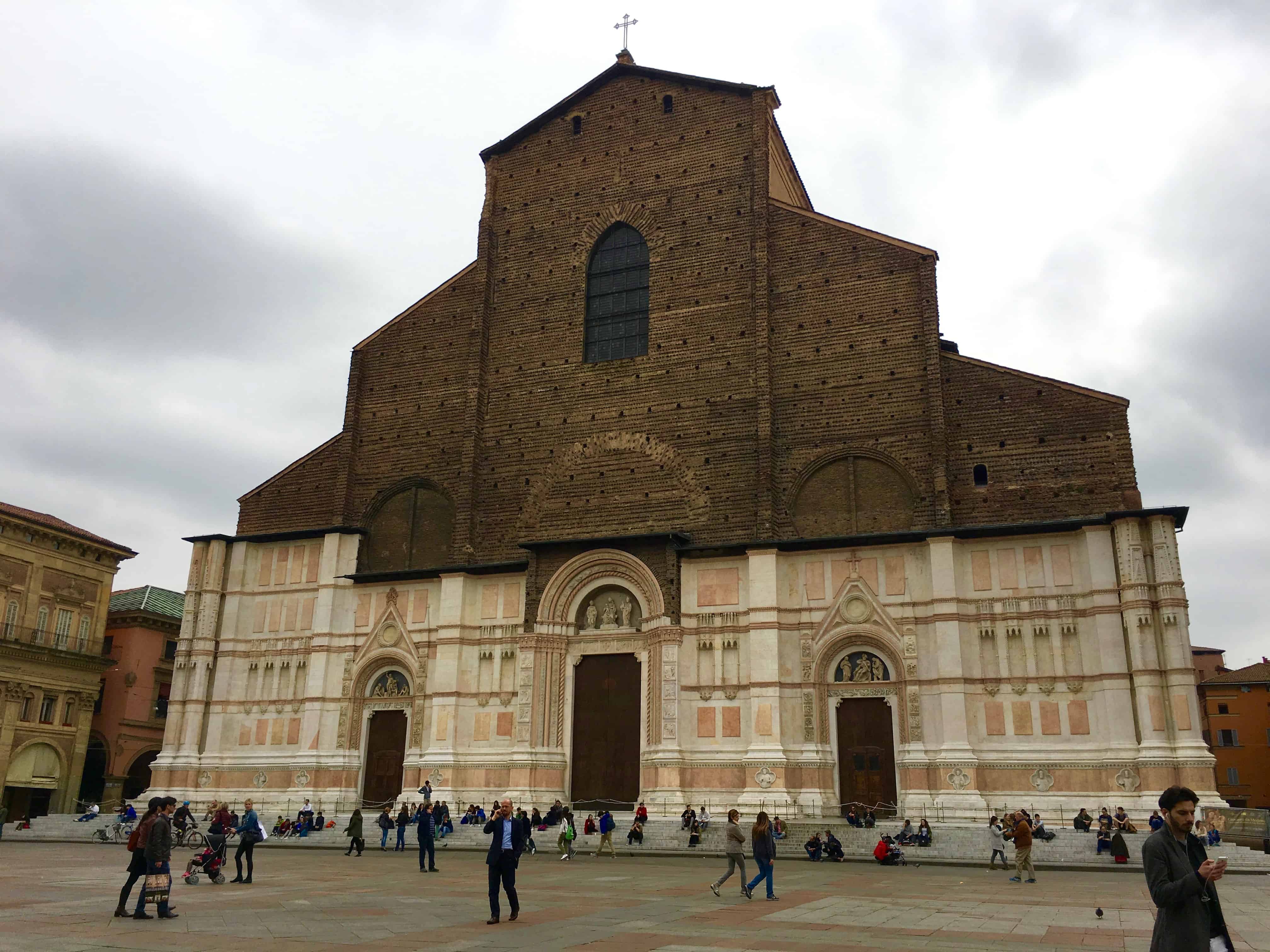
Museums abound in Bologna’s historic centre, but as we enjoy searching out some of the more unusual sites in a city, there was one museum in particular we wanted to see.
Located in a backstreet north-west of Piazza Maggiore, the church of San Colombano is a 16th century gem, beautifully restored and housing a unique collection of historical musical instruments, the Collezione Tagliavini. Concerts are regularly held at the church and we were treated to a preparatory pianoforte tuning as we explored the chiesa and its medieval crypt.

But the real hidden treasure of San Colombano, worth the visit all on its own, is its oratory: an unexpected chamber upstairs covered in heavenly frescoes. It left us speechless.
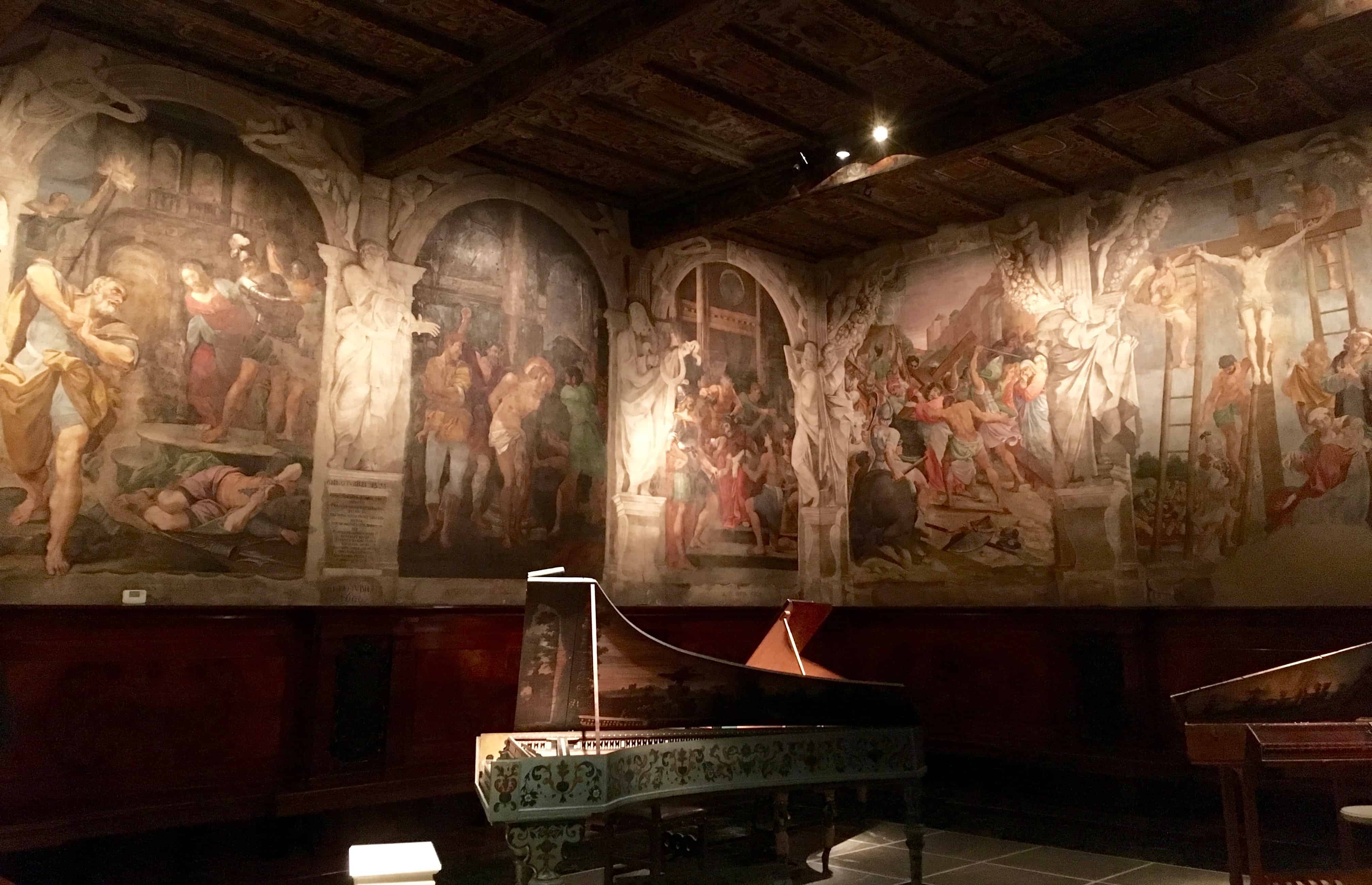
Of course, a visit to Bologna wouldn’t be a fait accompli without eating the fare the city is renowned for.
We found the real deal a couple of blocks from San Colombano, in a tiny osteria buzzing with students and a lively, multilingual atmosphere. There, we wrapped up our visit with steaming bowls of tagliatelle ragu, washed down with tasty house red served in water glasses. It was deliciously simple. And simply delicious.
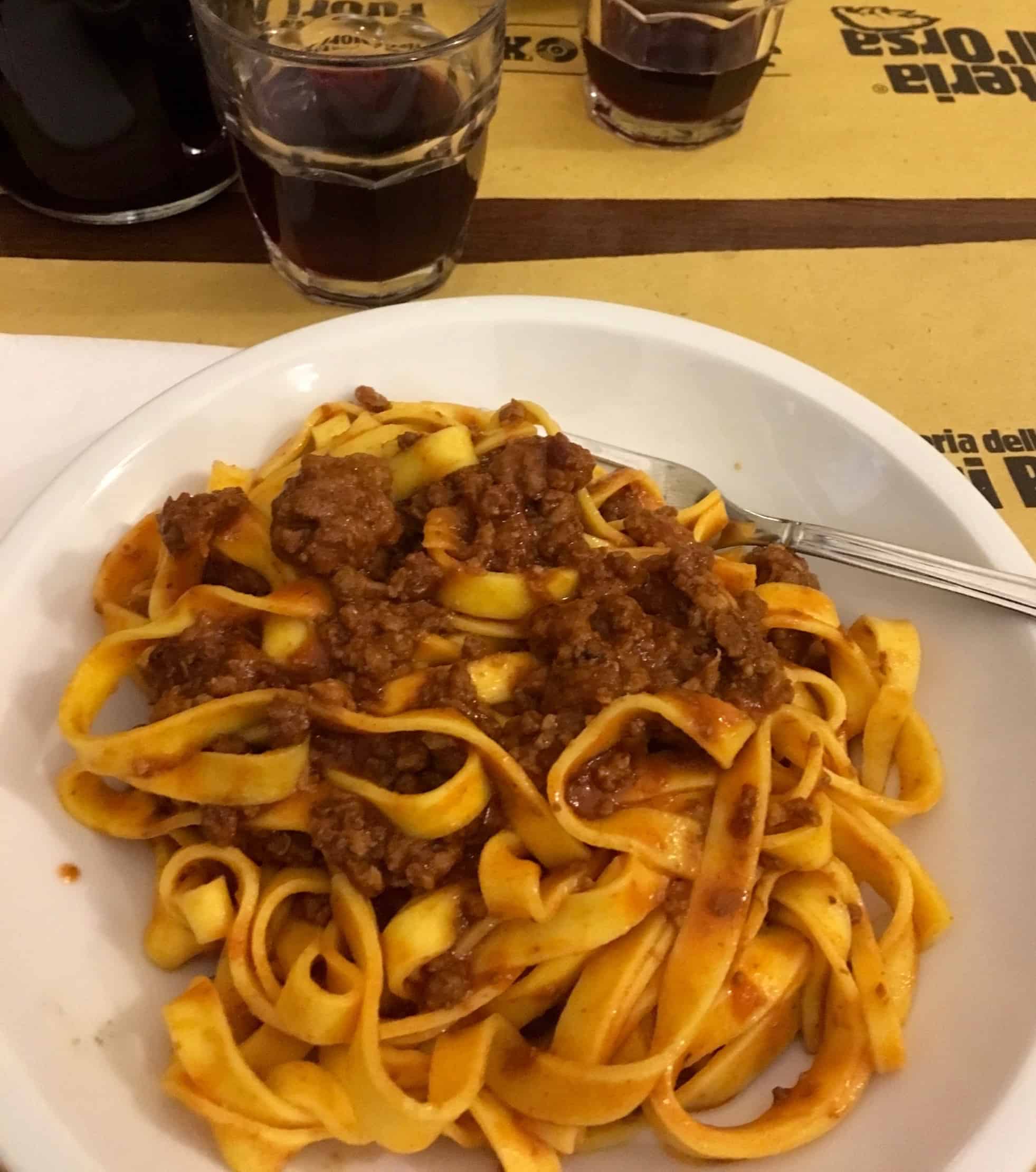
We’d achieved our objective, we’d eaten ragu. But we’d gained a whole lot more out of Bologna besides.
Fast Facts
Getting here: Bologna is the capital of the Emilia-Romagna region in Italy. It has its own airport 8km north-west of the city. By Car: You can reach Bologna by the A1 Autostrada from Rome, Florence or Milan. From Venice, hop on the A13. By train: Bologna is a major hub for train travel, with high speed trains from and to Florence, Rome, Milan and Venice, as well as slower options and links to cities all over Emilia-Romagna.
Stay: Like any major city, the options and price points for Bologna are broad. As we had a car and were using Bologna as a base for a couple of days, we chose to stay in an apartment twenty minutes from the city centre, on the bus and train line, which gave us the opportunity to visit the historic centre as well as explore and eat locally. Read John’s review of our accommodation here.
